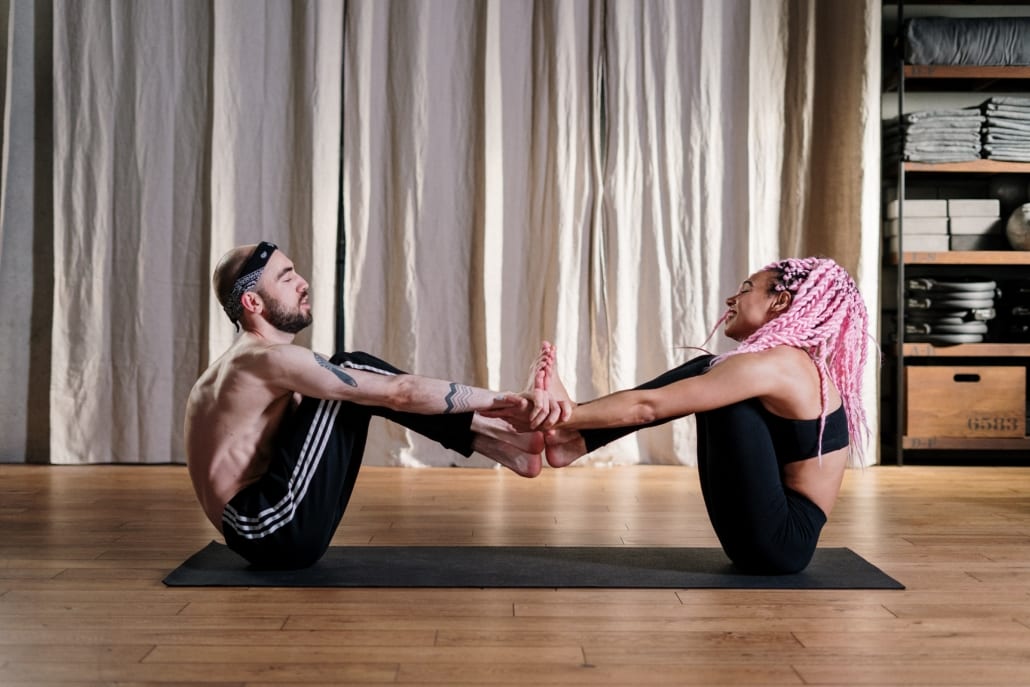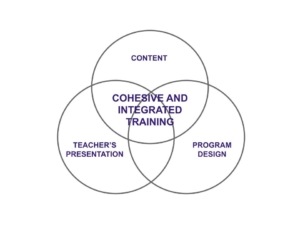A well designed yoga class flows effortlessly; every instruction or posture builds consecutively. And at the end of 60 minutes you seemed to have magically found the reset button. How is this possible? A successful class does not happen by accident, an experienced teacher will reference set principles to design and deliver their classes. Here are three keys to teaching yoga.
Three Keys to Teaching Yoga:
Connection
Connection happens when we truly take in, listen too, and or observe whatever is in front of us with genuine wonder, empathy and appreciation. This is true of all genuine human interaction. Relationships occur when we set aside our personal agenda and become more curious and attentive.
As a yoga teacher, we can build connections with students by closely observing students. On the most surface level we observe their alignment. We can reflect upon the quality of our instructions and if they translate for students.
Teachers can also be attentive to more subtle signals from students; such as the quality of breath, skin pallor, responsiveness, focus and general quality of energy.
Experience
Most importantly, a yoga teacher is there to provide an experience for students. They help them feel integrated and at peace. The sequence of a class, and the cues that a teacher uses, either support or undermine a students ability to have an integrated experience.
Some teachers get lost in the superficial aspects of a class. They focus on the kind of music they play or how to choreography multiple postures together and miss the bigger picture, often falling back on cliche cues.
The point of yoga is to connect to a reservoir of peace inside rather than manufacture a sensational experience. As a yoga student matures, they become sensitive to their environment. Too much stimulation makes it hard to be mindful and attentive.
One of the most important ways that yoga teachers create an experience is through the cues they give. Different yoga teacher trainings have different views on how to design a training and instruct a class. Students on our teacher training become fluent in four different kinds of language; each of which creates a specific kind of experience.
Briefly said, some cues direct the students attention to the outer body while others ask them to direct their attention to their inner experience. Additionally some cues awaken the practitioner’s imagination. These kinds of instructions are more visceral than they are literal.
Coherent
Practiced deliberately, yoga can be very therapeutic. A skilled practitioner knows how to modify their practice based on their circumstances. The practice they do when tired looks different than the one they do if they feel anxious.
The postures need to build off of each other naturally and based on established principles. A class should to be integrated rather than disjointed. When a teacher does not understand the deeper “why” behind each pose, and puts them together haphazardly, the class is less potent.
There are many factors that go into teaching a yoga class. Connection, experience and coherence and three important keys to teach yoga effectively. A masterful teacher knows how to combine these elements to awaken the higher nature of the students.





